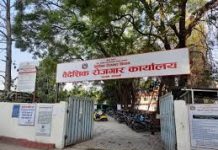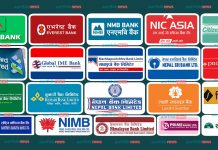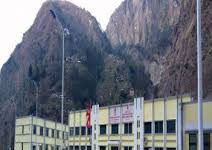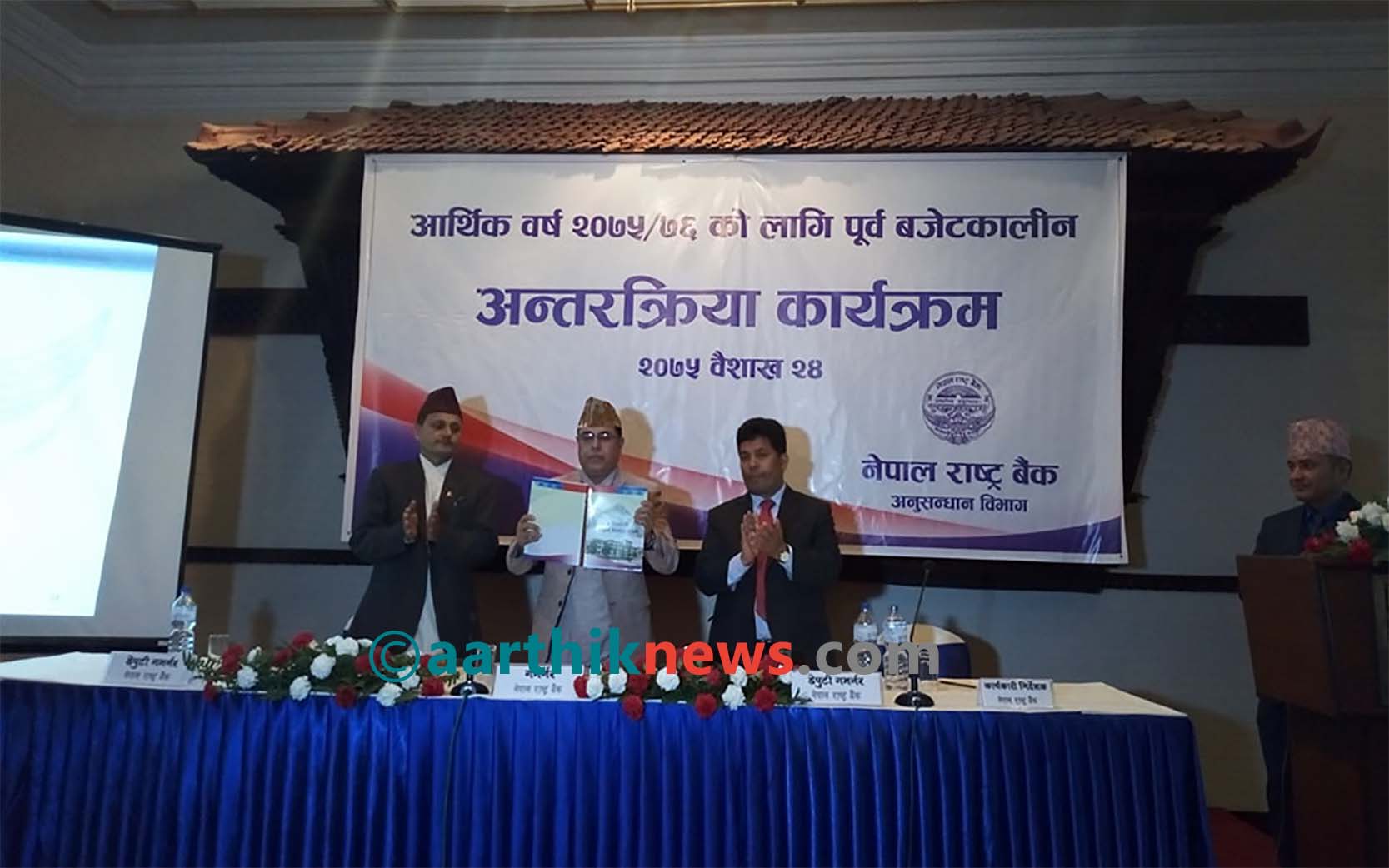Kathmandu, Sept 22: The Chief Executive Officer of the National Reconstruction Authority (NRA), Sushil Gyewali, said today that the NRA would take initiatives at the national and international level to manage resources to meet the financial requirement to complete the post-earthquake reconstruction.
“The NRA will bridge the financial gap by coordinating with the Nepal government and the donor community,” Gyewali said, while addressing the 8th meeting of the Development Assistance Coordination and Facilitation Committee (DACFC), the body to coordinate between the government and the donors to oversee the international contribution in the reconstruction.
Representatives of about 25 donor agencies and international development partners attended today’s meeting.
CEO Gyewali informed the meeting that about Rs. 600 billion more is required to complete the overall reconstruction work.
The cost of the five-year reconstruction work had earlier been estimated at Rs. 938 billion. The total budgetary expenditure and the projected expenditure this fiscal year would come to around Rs. 336 billion.
He, however, said that the actual monetary requirement would be confirmed after the review in the five-year reconstruction plan.
He also said that the NRA would try to acquire the amount pledged by the donor community during the international donors’ conference held soon after the April 2015 earthquake. The donor agencies had pledged Rs. 410 billion and the agreements have been signed for Rs. 262 billion till now, out of Rs. 343 billion allocated for the reconstruction after spending Rs. 67 billion in relief and rescue work.
Highlighting the progress on the overall reconstruction till date, CEO Gyewali also informed the development partners that the NRA is set to review the Post-Disaster Recovery Framework, prepared after the detailed damage assessment survey in 2016, as the post-earthquake reconstruction reaches a mid-way. The NRA, with the support from the donors, had published the PDRF 2016-2020 to implement the post-quake reconstruction work in a systematic and structured manner.
“As we are half-way through our tenure, this is the right time to review and (re)design the future priorities,” Gyewali further said, adding, “This would be done by learning from the experiences till now and best practices we have.”
Gyewali also informed about the recent decision of the NRA Steering Committee to hand over the responsibility of reconstruction to the local governments and the recent cabinet decision to provide Rs. 300,000 loan in a subsidized interest rate.
The representatives of the donor community praised the NRA’s work on private housing reconstruction in the villages and stress the need to focus more on the marginalized groups who have not been able to rebuild their houses.
They basically raised issues concerning retrofitting of damaged houses, monitoring and evaluation of constructed houses, availability of engineers at the community level, reconstruction of houses for vulnerable groups, third-party monitoring and the capability of the local governments to implement the recent government decision to hand them over the responsibility.
The representatives from the World Bank, the United Nations, the European Union, Japan International Cooperation Agency, the United States Agency for International Development, the UK Aid, the Swiss Agency for Development Cooperation and various other international organizations attended the meeting.
Fast Facts
- Out of about 800,000 household beneficiaries, more than 90% have received first tranche, 62% second tranche, 32% third tranche and 36% completed their houses.
- Out of about 100,000 household beneficiaries in the Kathmandu Valley, about 93% received first tranche, 30% second tranche and 20% received third tranche
- Out of about 7,500 schools, about 3,800 have been completed and 2,700 are presently under reconstruction
- Out of about 1,200 health institutions, 650 have been completed and 150 are presently under reconstruction
- Out of 753 historic monuments (in 14 districts), 185 have been completed and 310 are presently under reconstruction















